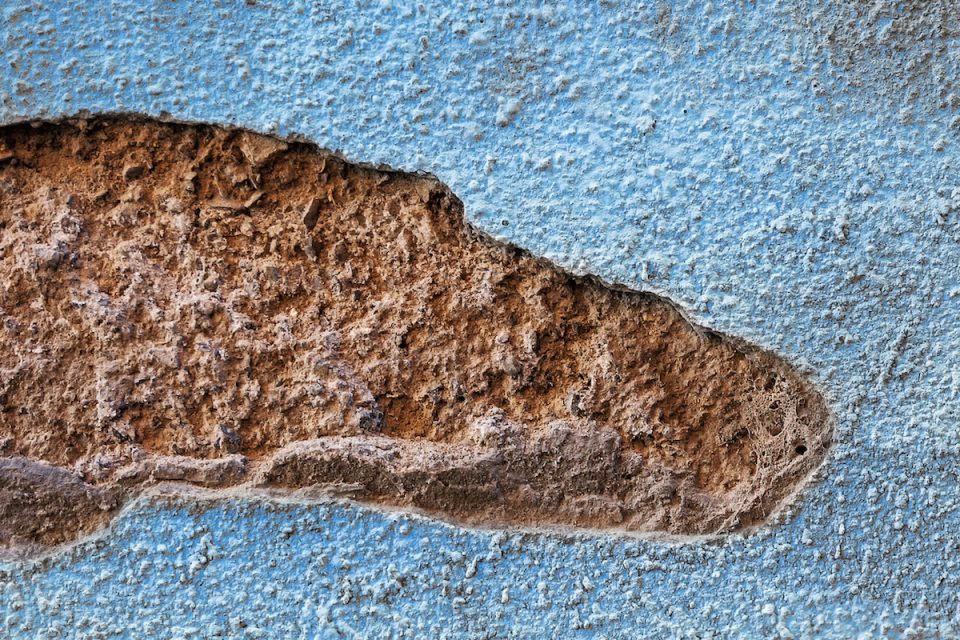Every plaster wall will sooner or later show signs of wear and tear, from scratches in the paint to ever-widening holes and dents. In many cases, the longer you put off fixing up these areas, the worse they get.
We'll show you how to fill a small to the moderate sized hole -- the kind that might be caused by an errant hammer swing or a door handle has been slammed open too many times -- with no mess and no fuss.
What you'll need:
· Spakfilla
· Putty knife or elastic filler blade
· Fibreglass mesh
· Fine sandpaper
· Dropcloth
1. Sterile -- Place your drop cloth down under the surface you're working on and scrape around the inner edge of the hole with your putty knife to remove any excess debris or plaster. You might need to use the sandpaper to smooth out the sides. Wipe over the area with a clean cloth to remove dust from scraping.
2. Prepare -- Any hole bigger than 1cm in diameter using a cavity behind it is going to need bridging material. Peel away the backing and place a square of glue fibreglass mesh firmly over the hole.
3. Cover -- apply a coating of Spakfilla. Using spatula that's on the lid, gently force some Spakfilla through the holes in the net and make sure it completely covers the mesh square around the sides of the pit. For the best seal, use a putty knife or a flexible filling blade to take the Spakfilla across the region in multiple directions. When the hole is covered, use a single downward stroke to remove any excess product.
4. Strengthen -- Using fine sandpaper, lightly sand the area and spread another layer of Spakfilla over it. Based on the size of the hole or if the net was exposed when sanding, you might wish to repeat this procedure once again, after allowing a day for drying.
5. Once you have sanded back the last layer and brushed off any excess dust with a clean cloth, the seamlessly covered hole is ready to be painted over.
If you are using oil-based paints, wait for at least 24 hours.



